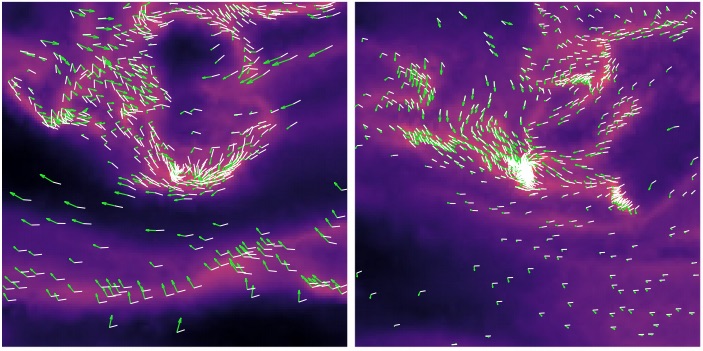Supersonic isothermal turbulence establishes a network of transient dense shocks that sweep up material and have a density profile described by balance between ram pressure of the background fluid versus the magnetic and gas pressure gradient behind the shock. These rare, densest regions of a turbulent environment can become Jeans unstable and collapse to form pre-stellar cores. Using numerical simulations of magnetogravoturbulence, we describe the structural properties of dense shocks, which are the seeds of gravitational collapse, as a function of magnetic field strength. In the regime of a weak magnetic field, the collapse is isotropic. Strong magnetic field strengths lead to significant anisotropy in the shocked distribution and collapse occurs preferentially parallel to the field lines. Our work provides insight into analysing the magnetic field topology and density structures of young protostellar collapse, which the theory presented here predicts are associated with large-scale strong shocks that persist for at least a freefall time.
Mocz, Philip; Burkhart, Blakesley
2018, Monthly Notices of the Royal Astronomical Society, 480, 3916-3927
http://adsabs.harvard.edu/abs/2018MNRAS.480.3916M
